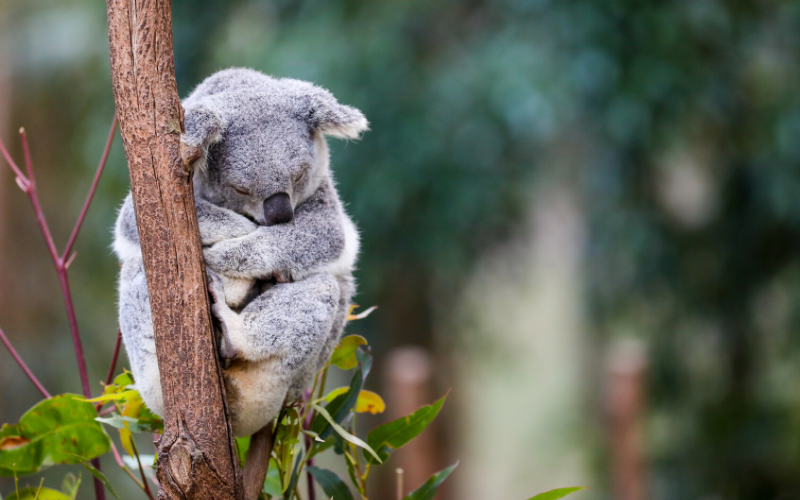
National icon: the koala
A national treasure under threat.
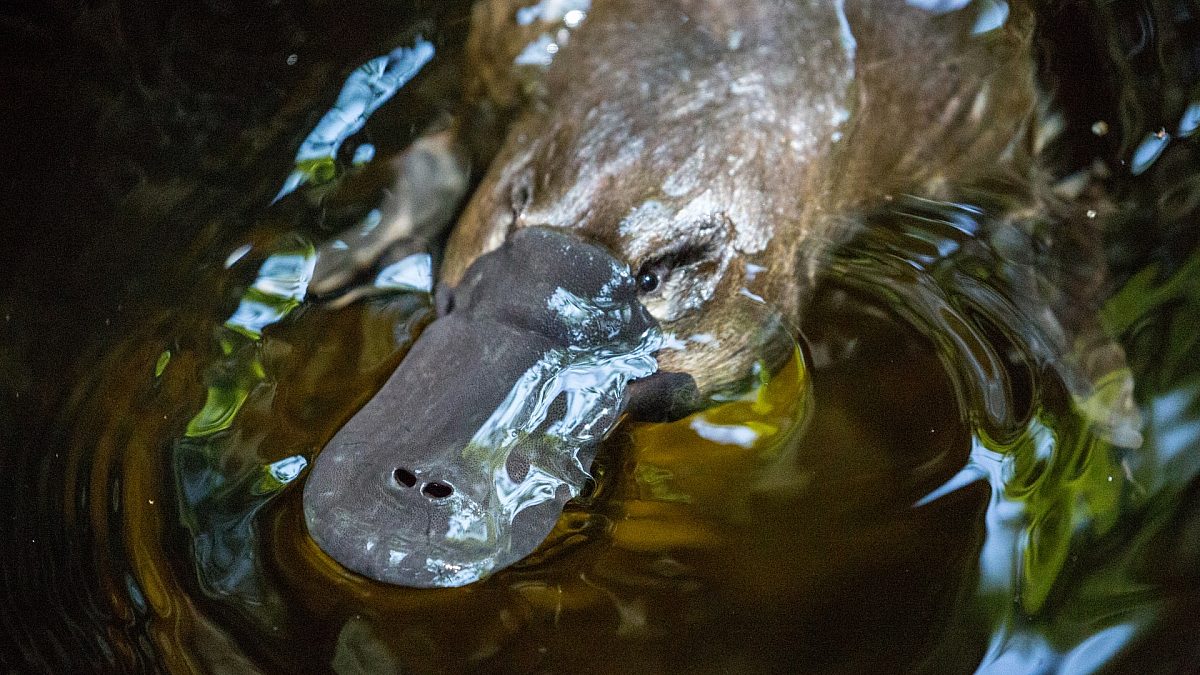
A guide to one of our most treasured species
Meet the platypus
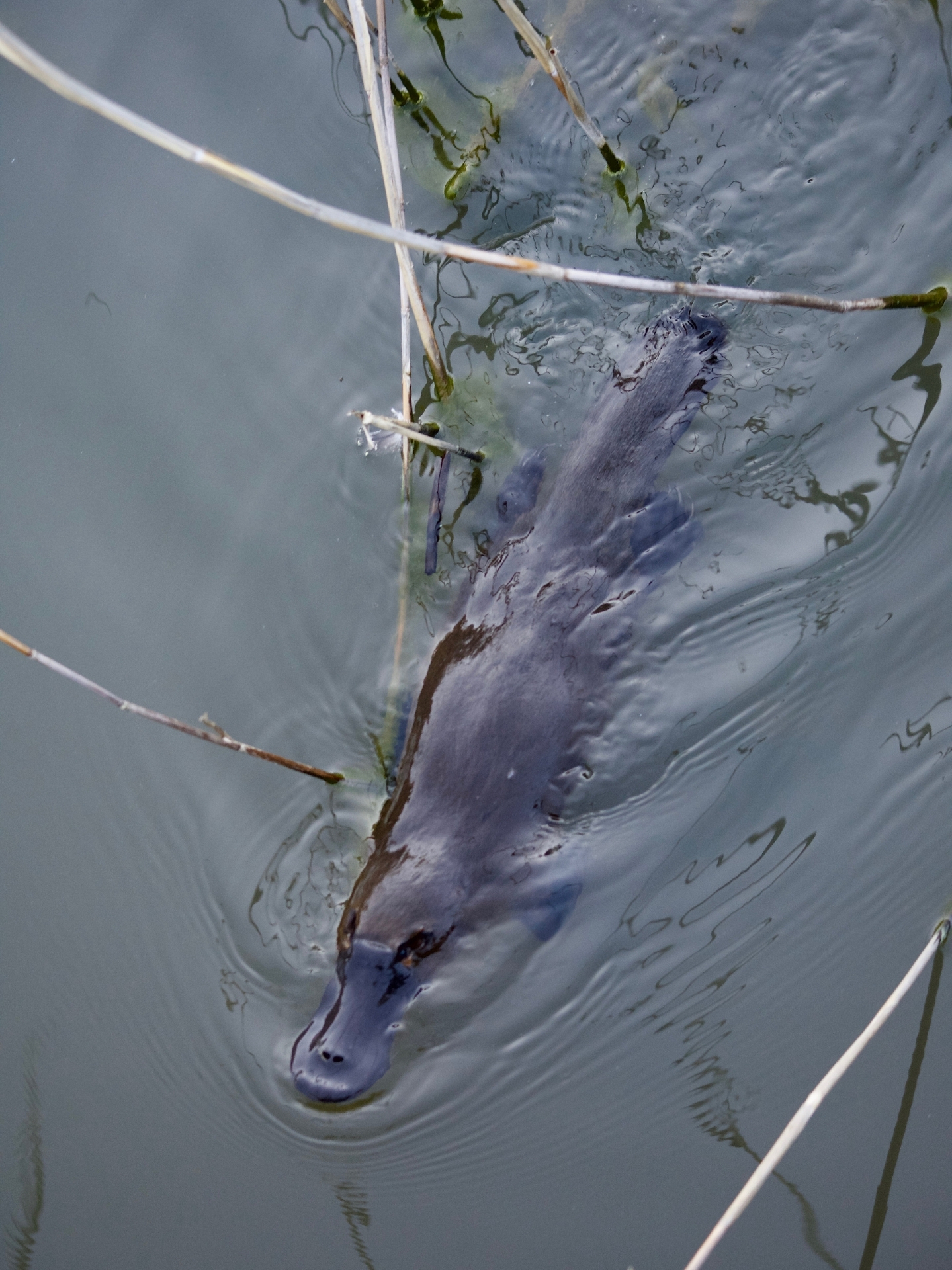
The platypus (Ornithorhynchus anatinus) is one of only five types of monotreme (egg-laying mammal), the other four being species of echidna. With its famous bill, thick fur and spines on its ankles loaded with venom, it’s also the world’s most evolutionary distinct mammal. It has forged a path on the evolutionary tree that makes it even more unique than iconic creatures like the rhinoceros and elephant, panda and tapir. It’s not simply a national icon, it’s a globally important animal that we’re lucky enough to have in riverways throughout Eastern Australia and Tasmania.
Platypus are also the most archaic living example of any mammal, their existence dating back to the Cretaceous period, and we are still learning about its relative weirdness long after Europeans decided it must have been a stitched-together hoax in the 1790s. The platypus diverged from other mammals about 187 million years ago, which makes them crucial in understanding mammalian evolution and by extension, ourselves!
To that end an international team of scientists recently released the most complete genetic map yet of the platypus, as well as an echidna, in an effort to tease out clues to their evolutionary origins. For instance, they found that the monotremes have a common gene with birds that helps produce egg yolk, suggesting that other mammals lost this as they adapted to other environments and egg laying didn’t originate independently as an evolutionary trait in the platypus and echidna.
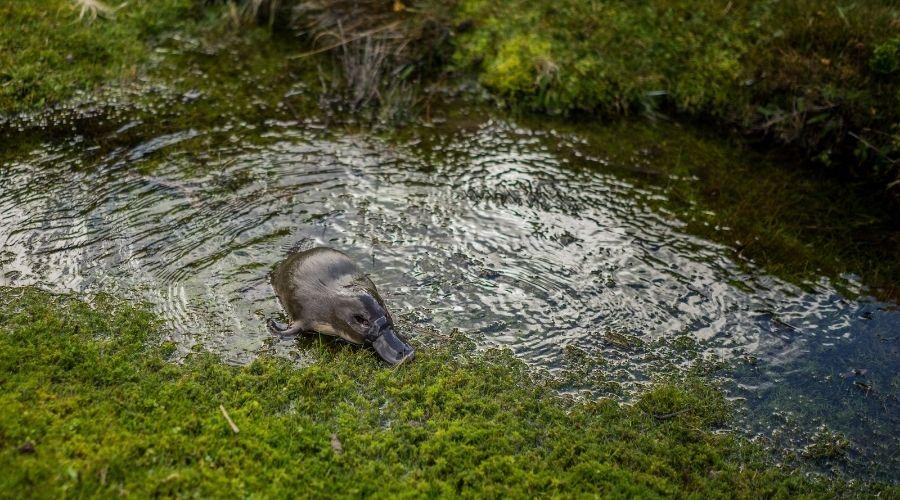
The elusive animal is widespread throughout Eastern Australia, but there have been declines across its range, particularly in the Murray-Darling Basin. It's now estimated that thousands died on the East coast as a result of the 2019-2020 bushfires placing it at risk of extinction. Following bushfires, forest waterways become polluted with ash, which can choke streams that platypus rely on.
After the 2019-20 bushfires, animals like the platypus, orange-bellied parrot, brush tailed rock wallaby and spotted tree frog need all the help they can get. And like all these animals, there are other threats the platypus faces, including habitat destruction from logging and land clearing.
The Victorian Government recently moved to list the platypus as a threatened species, such is the level of threat and the alarming decline of this amazing animal. It has announced funding for restoration works at key habitat sites, as well as the development of a long-term action plan.
It is listed as endangered in South Australia and nominated for listing in NSW. It is time for the species to be listed as Endangered under the EPBC Act.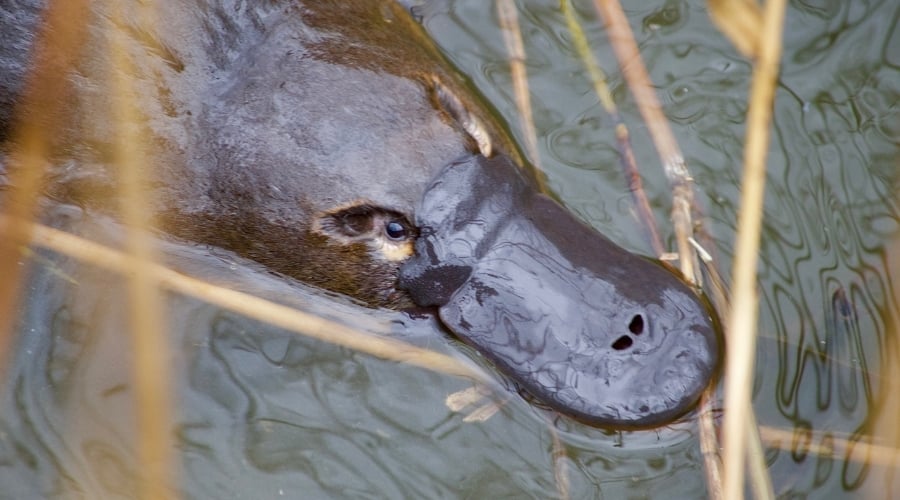
Being highly specialised animals, platypus are particularly sensitive to changes in their environment, dependent on healthy waterways and river banks that they can use as burrows. Worryingly, a recent study by the University of New South Wales found that platypus habitat has shrunk by 22% in the last 30 years.
There are a number of causes for this extensive loss of habitat, notably logging and clear felling, which destroys the waterways that were present in the environment, the riverbanks eroded away. There’s also the march of urban sprawl that gradually leads to unhealthy creeks in suburbs around cities like Brisbane and Melbourne, where platypus are increasingly rare.
To compound all this, the 2019-2020 bushfires devastated forests and bushlands along Eastern Australia, predominantly within platypus habitat. The resulting run-off of ash into waterways is thought to have killed thousands of platypus in the aftermath, choking waterways and wiping out the platypus’ food source of shrimp, crawfish and insect larvae.
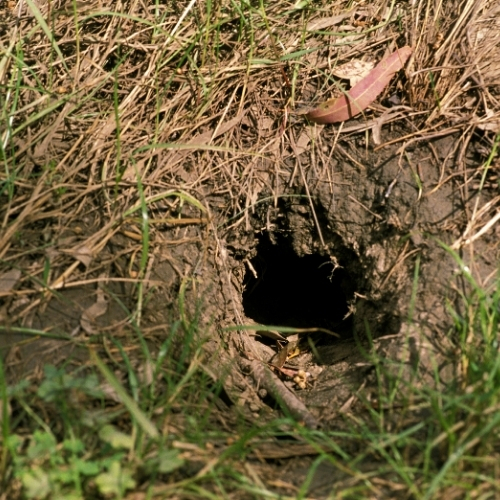
As well as worsening Australia’s bushfires, climate change is exacerbating droughts that can dry out creeks and rivers, leaving them too shallow for platypus.
Finally, there needs to be tougher regulation of the use of enclosed yabby traps, or opera house traps, in rivers and creeks known to be platypus habitat. These enclosed traps mean the platypus is unable to escape once it enters, killing the animal.
The threats that platypus face are many and varied, but you can help secure a future for these marvels of the animal kingdom.
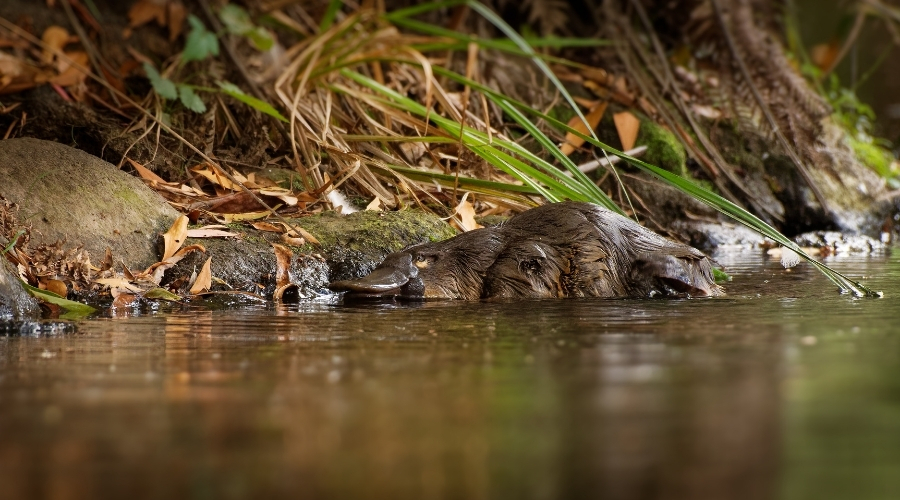
Following the 2019-2020 bushfire season, platypus need our help now more than ever. Although it is not on the endangered species list, localised populations are at risk and should be considered for listing as Endangered under the EPBC Act.
We simply can't afford to have weak environmental protections any longer. The Environment Protection and Biodiversity Conservation Act (the EPBC) is Australia’s national environment law and it has failed to look after our world-famous biodiversity.
The EPBC Act is currently undergoing a once-in-a-decade review. It provides us with a golden opportunity to put strong protections in place to safeguard animals like platypus.
You can help secure a healthy future for platypus by supporting our New Nature Laws campaign and joining your local community group.
You can also make your voice heard that we need a strong new set of national nature laws to save our iconic species like the platypus.